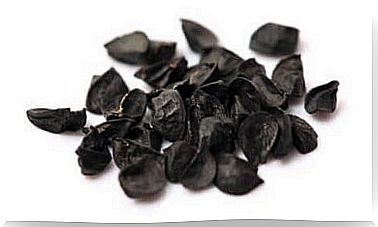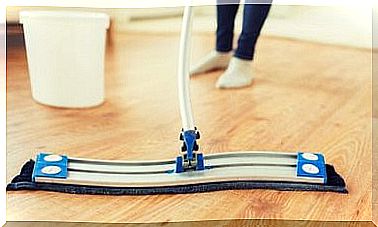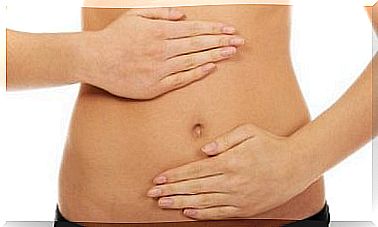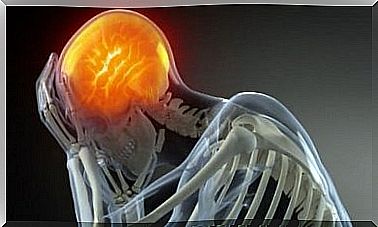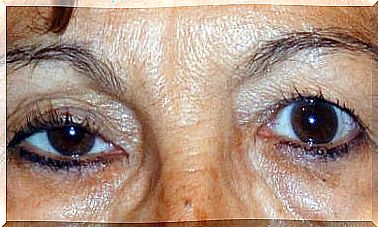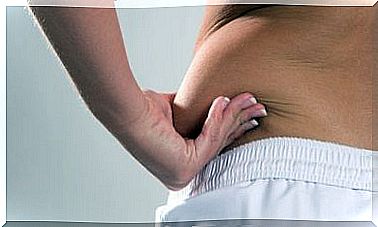Nephretic Colic: Symptoms, Causes And Treatment

Nephretic colic is one of the most intense pains a person can experience. Those who have been through the problem understand well what we mean. It occurs in the lower back, around the position of the kidneys or slightly below, where the urinary tract is located.
The main feature of any pain called ‘colic’ is its jerky behavior. Pain comes and goes rhythmically, causing intense spikes of distress with short periods of relaxation.
In the case of nephretic colic, pain originates in the urinary system due to an obstruction in the path that urine must travel to reach the bladder. When an obstruction appears in the system, the urinary tract tries to overcome it, exerting the contraction of its ducts. This contraction is expressed as colic.
The pain of nephrotic colic is located in the lower back and radiates to the inguinal area, forming a semi-belt. It will appear on the left or right side depending on where the obstruction is located.
Causes of nephretic colic
The cause of the pain is a blockage in the urinary tract. This obstruction does not allow urine formed in the kidney to flow into the bladder. Although kidney stones are the most frequent cause of blockage, there are others as well.
Malignant causes of obstruction include cancerous tumors of the renal system, whether in the kidneys, ureters, or bladder. A malignant tumor in an adjacent organ can also influence the urinary tract, as is the case with intestinal cancers, for example.
Benign causes include aortic aneurysm: a dilation of the aortic artery that passes through the abdomen, which can put pressure on the ureter. Retroperitoneal fibrosis, a formation of fibrous tissue in the back of the abdomen, also causes obstruction.
kidney stones
As we’ve said, the most common cause of nephrotic colic is kidney stones, or kidney stones. They are stones of different sizes, located in the kidneys or ureter. When they try to descend to be eliminated from the body, they cause obstruction and, consequently, pain.
Stones are formed by calcium in almost 80% of cases. For this reason, certain states of the human body are linked to an increased probability of suffering from this problem. When there is hypoparathyroidism, a sedentary lifestyle, prolonged prostration or excessive consumption of external calcium – in pills – its formation is more common.
People with recurrent urinary tract infections are also more likely to form kidney stones. They are more common among women than among men. Patients with a urinary catheter or catheter are more exposed to infections and, therefore, more exposed to stones.
Less than 10% of kidney stones are formed by uric acid. This is common in patients with a gout disorder. Sometimes excessively high protein diets – such as those followed by athletes and people looking to gain more muscle – increase uric acid in the blood, culminating in kidney stones.
Finally, less than 1% of stones are linked to a genetic disease called cystinuria. It is rare and is transmitted from father to son as a genetic inheritance.
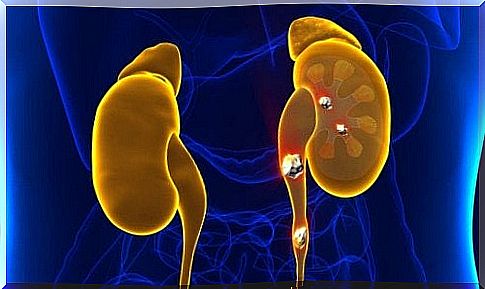
Symptoms of Nephretic Colic
The predominant symptom of nephretic colic is the pain we have already described. It appears suddenly and is extremely intense. It starts at the lower back and radiates forward towards the groin like a half belt. This pain is usually accompanied by:
- Fever : not always present. It can originate from the pain itself or from a concomitant urinary tract infection.
- Dysuria : is the difficulty in expelling urine, which is related to obstruction.
- Polaciuria : is the increase in the frequency of urination. The patient urinates more often, but small amounts each time.
- Hematuria : In some cases, the stones can injure the urethra and lead to blood in the urine.
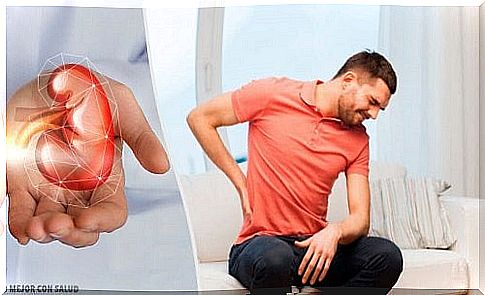
Diagnosis and treatment
A doctor usually quickly diagnoses nephretic colic when symptoms appear. Pain is very characteristic and almost no other pathology presents it this way. Urine tests and X-rays can be done as a complement.
The definitive diagnosis is reached with a renal and bladder ultrasound, where, in most cases, the presence of the obstruction is identified and, in the case of stones, its size. Only very doubtful clinical conditions require a CT scan.
Once diagnosed, treatment is based on analgesia. Relieving the patient’s pain is a priority. Anti-inflammatories and pain relievers are used for this. They can be administered orally or intramuscularly. The intravenous route is used when the pain is very severe or the patient is vomiting.
Once the pain is resolved, the next step is to schedule the obstruction to be resolved. If it is a condition that requires surgery, it will be scheduled in advance. If they are kidney stones, the treatment options are varied:
- Hydration : for small stones, it is preferable to wait for spontaneous expulsion, favoring the process by increasing the consumption of liquids.
- Shockwave lithotripsy : This is a procedure that uses shock waves from outside the body to break up the stones and turn them into small grains of sand so that they are naturally eliminated.
- Ureteroscopy : is the surgical removal of larger stones, endoscopically inserting a device through the urinary tract until reaching the stones to extract them.
